
CENTRAL BLOCK
LOT : 1
REMOVED
1912
TO:

BLOCK 16

PUBLIC MAUSOLEUM
LOT : ?
REMOVED
September 16, 1912
TO:

CENTRAL BLOCK
MILLIKIN-ASTON MAUSOLEUM
LOT : 1

|
James Millikin
b. August 24, 1827
Clarkstown - now Ten Mile, Washington County, Pennsylvania
d. March 2, 1909
Orlando, Orange County, Florida
buried: March 6, 1909

|

FATHER
Abel Millikin
(1799-1865)

MOTHER
Nancy VanDyke
(1793-1840)

MARRIED
Anna Bartlett "Annie" Aston
(1836-1912)
January 1, 1857
near Mount Zion, Macon County, Illinois
|

CHILDREN
with Annie
NONE
|
|
NOTE:
James's grandfather,
James Millikin,
fought in the
REVOLUTIONARY WAR
|
|
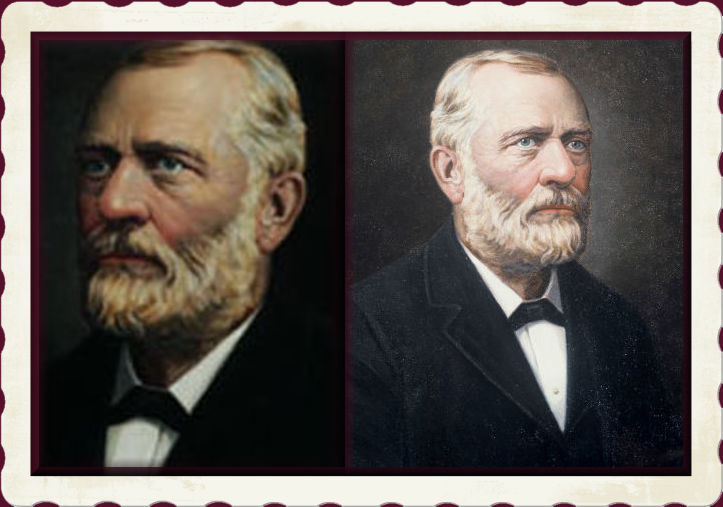
Little is known about his childhood in Western Pennsylvania prior to his enrollment as a student at Washington College (now Washington and Jefferson College). While attending college and seeing his classmates struggle with college expenses, James made a vow that if he made a fortune he would found an institution of learning where all who sought an education fitting for any occupation they may desire. While medicine had become the desired career of some of his relatives, James was more persuaded towards business as his profession. Partnering first with his own father, James and Abel spent the summer of 1849 driving sheep to Indiana to sell at market. The following year, James drove another flock to Danville, Illinois, pasturing them briefly and selling the herd at a larger profit. His educational interests continued briefly during the winter of 1850 in Wabash College at Crawfordsville, IN before he resumed his sheep herding enterprises. It was during the 1850s that James began purchasing government land tracts throughout Illinois and Iowa for investment. Expanding his herds to include livestock, he later came to be called "first cattle king of the Prairie State." For a time, he settled near the town of Danville, IL for his enterprises. Around the time of his marriage, James had been visiting Decatur and believed he saw a good future with it. It is estimated that when James and Anna arrived in Decatur, James had a personal fortune of $75,000, acquired in large part from selling his government land purchases for good profit as development grew.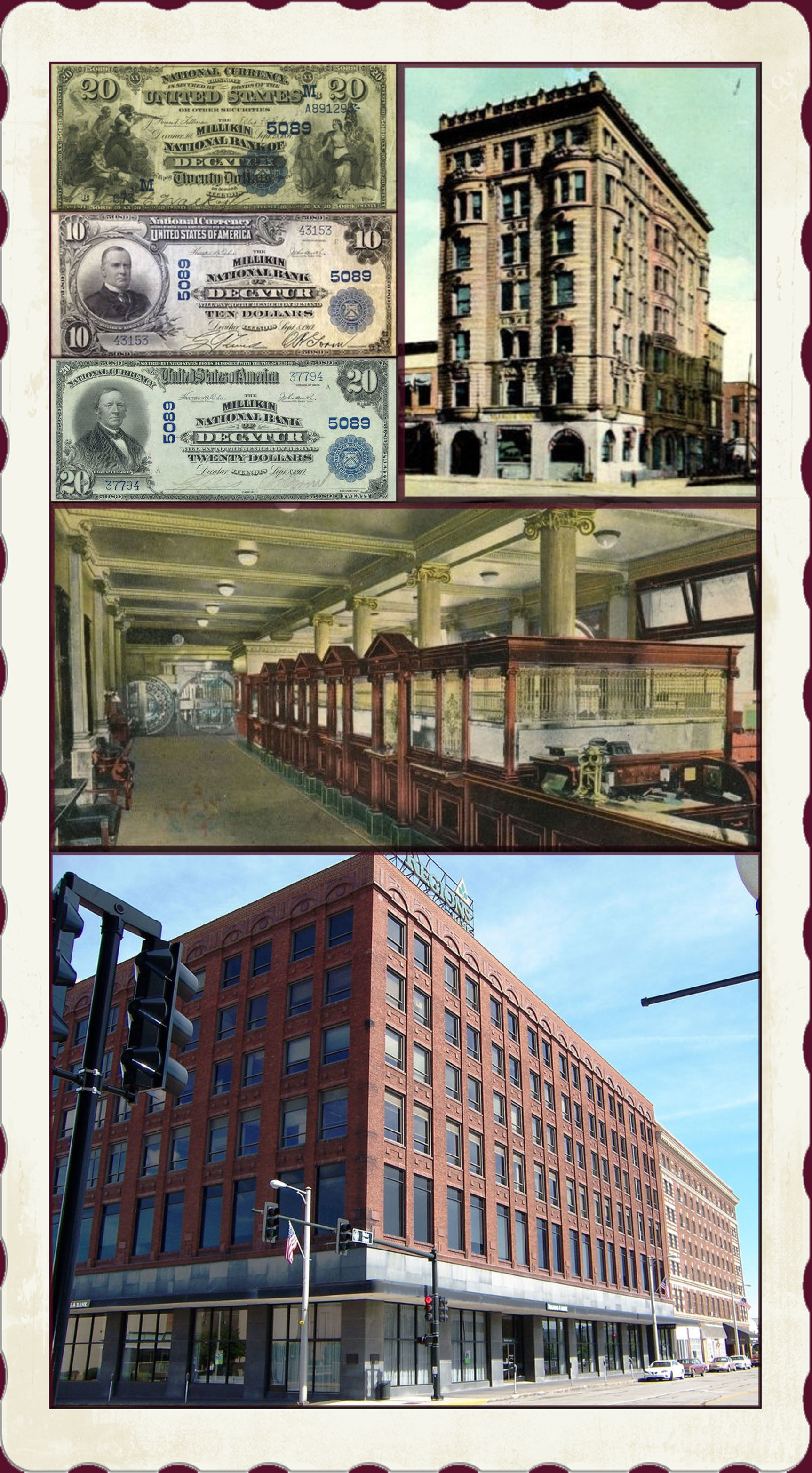
Around 1860, a local bank, the Railroad Bank failed in Decatur. Several of Decatur's citizens urged James to reopen the shuttered bank. Encouraged by their support, he reopened the location with the sign "J. Millikin, banker." The first twenty years as a private banker, James later confessed to his friends, were the most difficult. While recognized quickly as a safe and stable institution, the Millikin bank made little money and keeping his own $75,000 fortune intact during those years was a priority. He was able to choose a staff of associates, including Jerome R. Gorin, Orville B. Gorin, Parke Hammer, Joseph M. Brownback, Smith Walker, William Hammer, and Guy P. Lewis. By 1897 the Millikin bank was incorporated and obtained a charter as a national bank. By 1907 it was considered one of the strongest small city banks in the United States.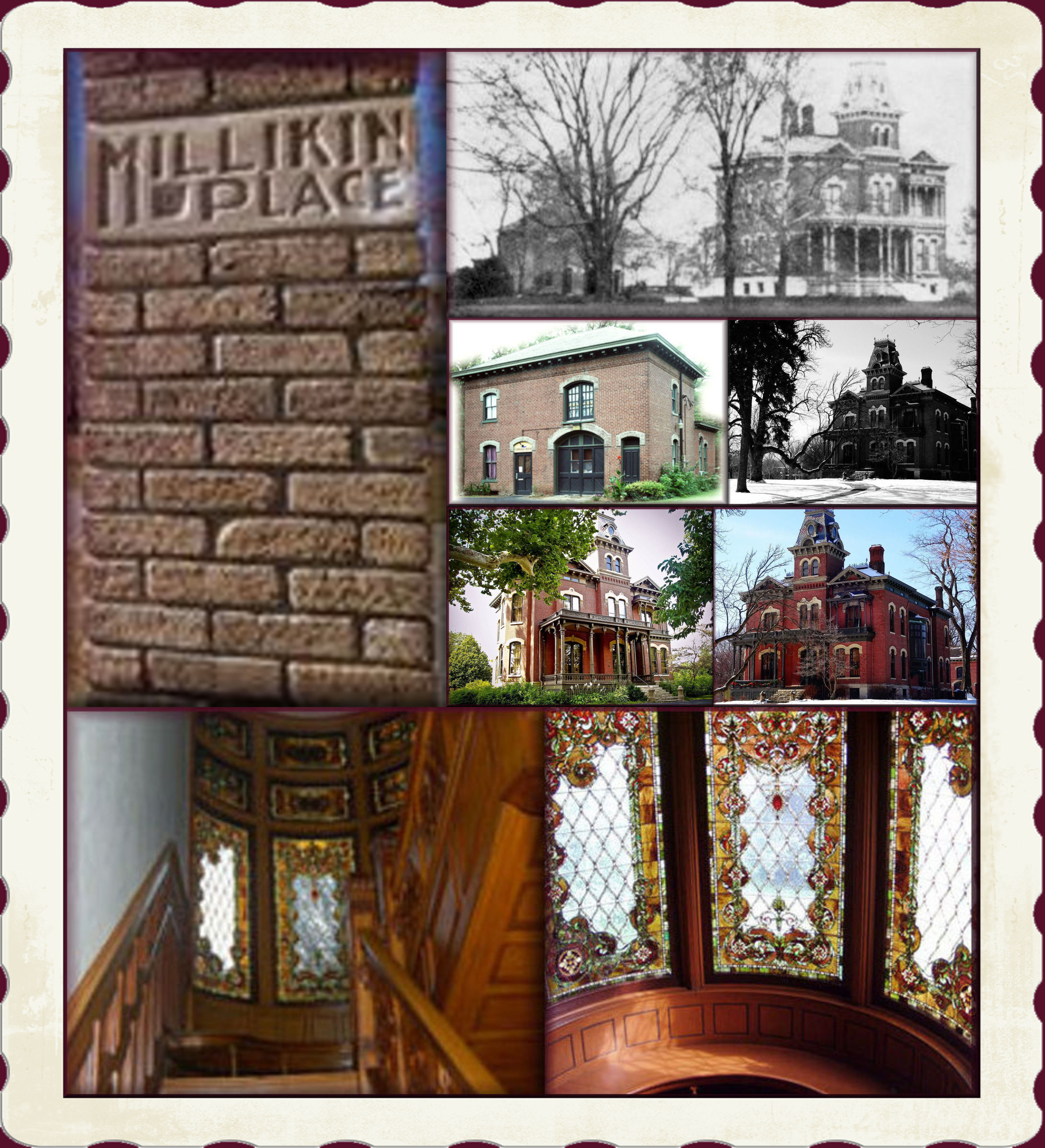
Following their marriage, James and Anna Millikin briefly lived at the Revere
House, a prominent Decatur hotel until purchasing a small home at the corner of Edward and William
Street they affectionately recalled as "the cottage." In 1862, James purchased 22 acres of land for
the unheard of sum of $2200 near the western edge of Decatur. Between 1862-1875 he sold portions of
the purchase for more than his original sale, eventually having only 6 acres. Construction began in
July 1875 and concluded in 1876. The home's exterior reflects the Italianate style with mansard
roofs more reflected in Second Empire. It is said the first floor is similar to James' childhood
home in Pennsylvania. The home was completed at a cost of $18,000. In 1883, some major remodeling
was completed. A new kitchen was added to the northwest corner of the house so a new grand staircase
could be placed adjacent to the north parlor room. Indoor plumbing was also added to the home,
likely one of the first homes in Decatur to have such luxuries.

In 1901 James founded the James Millikin University. The university is an
American co-educational, comprehensive, private, four-year university with traditional undergraduate
programs in arts and sciences, business, fine arts, and professional studies, as well as
non-traditional, adult degree-completion programs (PACE) and graduate programs in business
administration and nursing.

|

The Decatur Herald
(Decatur, Illinois)
3 MAR 1909 * page 1
|
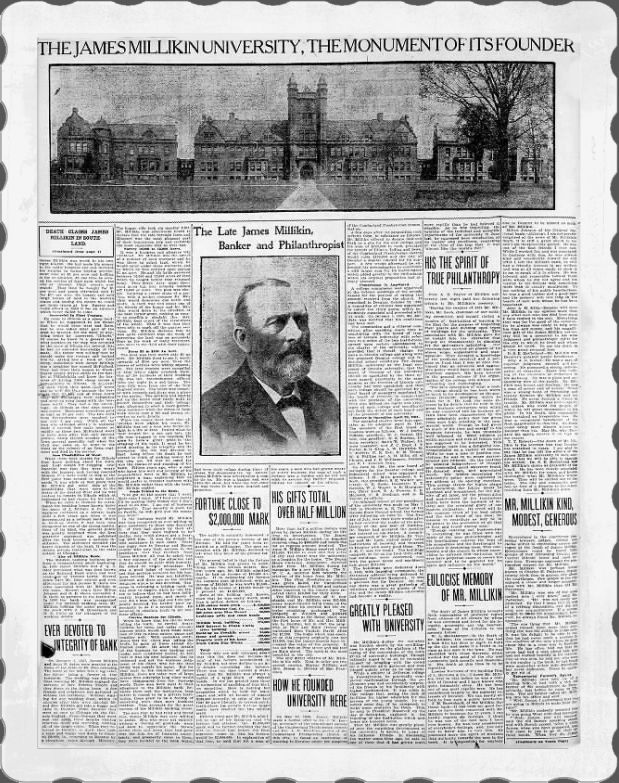
The Decatur Herald
(Decatur, Illinois)
3 MAR 1909 * page 1, 4
|

The Decatur Herald
(Decatur, Illinois)
5 MAR 1909 * page 16
|
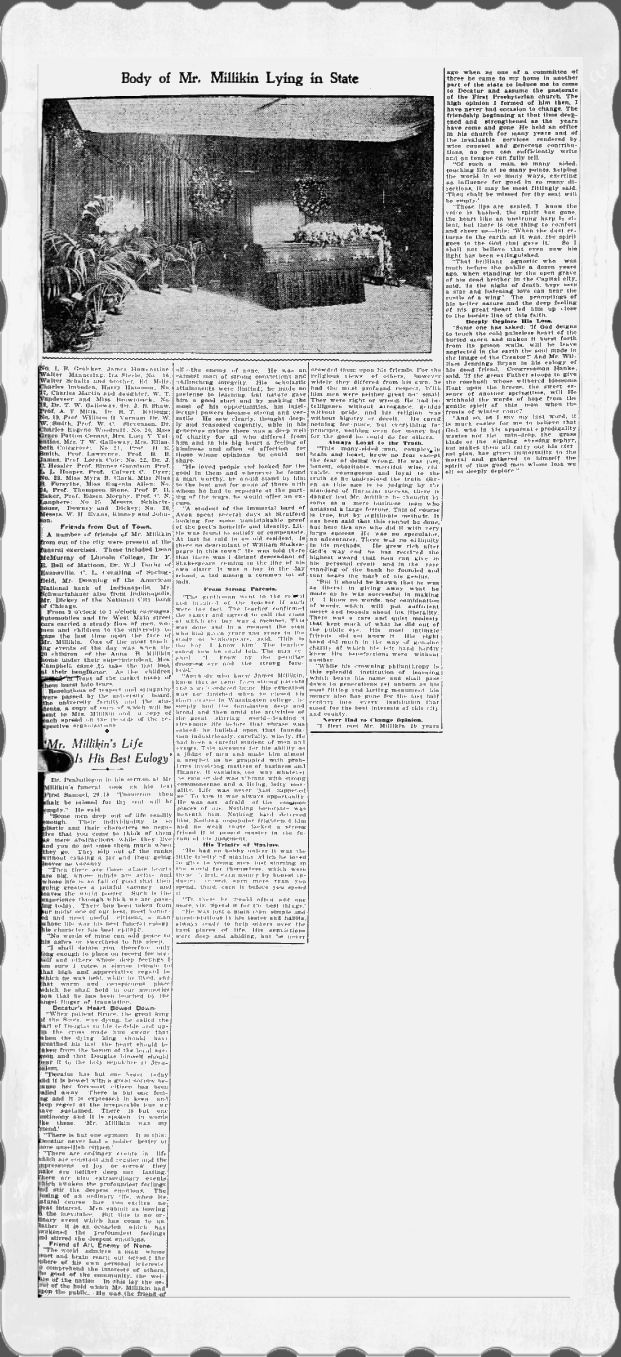
The Decatur Herald
(Decatur, Illinois)
7 MAR 1909 * page 8
|
|
| |